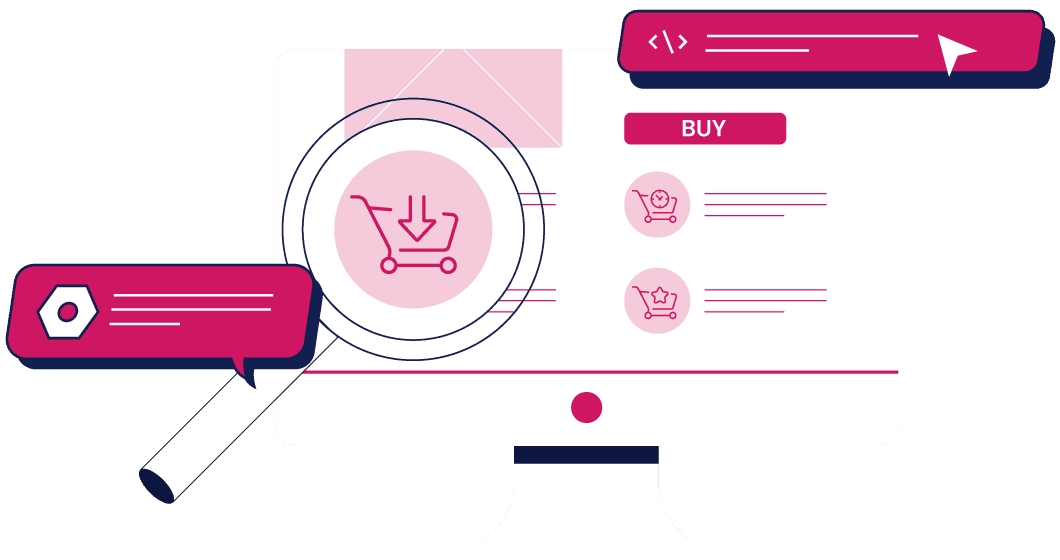Table of content
How Do I Manage Merchandising?
Merchandising for eCommerce is a combination of visual enticement, technical configuration, and analytic evaluation. How and where products are placed on the “digital shelf” will impact their purchase simply by the rate of exposure.
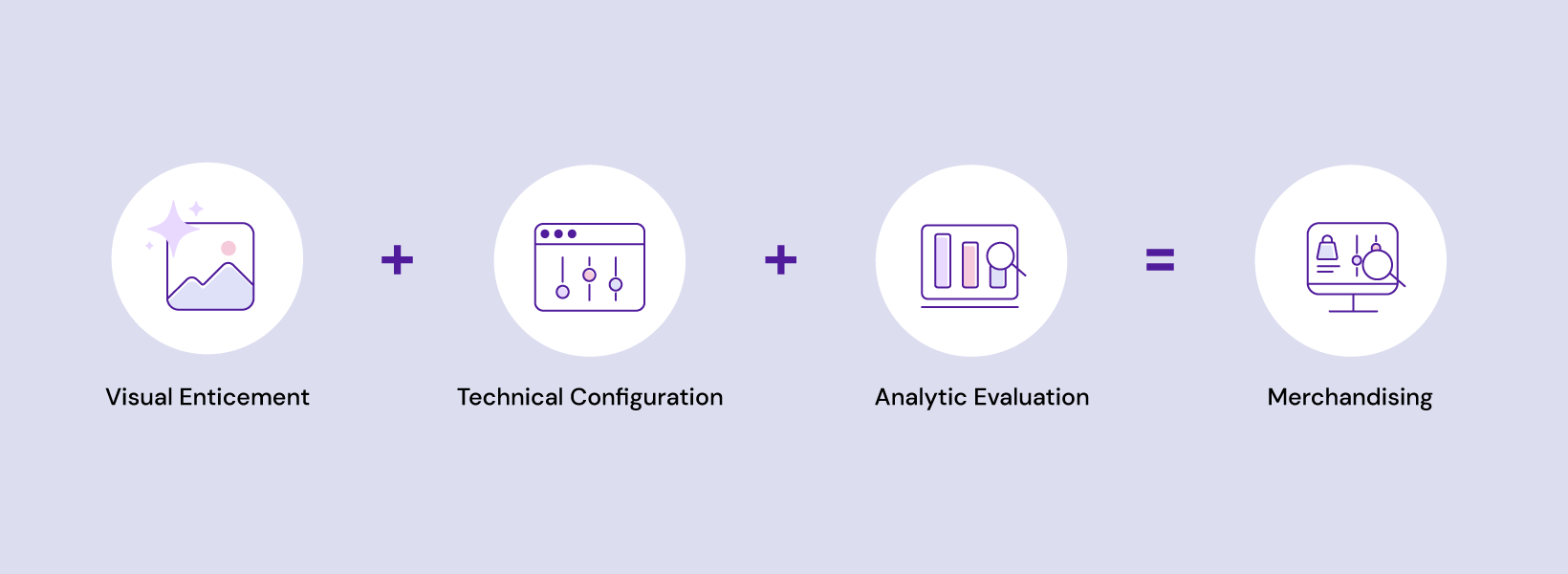
An eCommerce operation is unique in its ability to see real-time data in drilled-down detail. The ability to dynamically present related products and accessories is a basic capability that can be expanded to increase sales.
An online store can boost less popular products by relating them to better-selling items and using existing purchases to cross-sell. Insights on customer behavior are easily developed to provide a more personal customer experience.
Merchandising is driven by marketing strategy and fulfilled by system configuration. The power to personalize, engage and deliver a high-performance shopping experience across all devices is the ultimate objective.
Merchandising With Magento

Merchandising helps to reduce the time it takes to find products, expose customers to new products and promote the sale of specific inventory items. Beyond the organization of products, visual merchandising includes good quality imagery, crisp simple product descriptions, and an intuitive onsite search function.
Though Magento 2 CMS is not its primary selling point, the system comes with two responsive themes. There are three standard page layouts —1, 2, and 3 columns— which are populated by content blocks that can be customized.
A content block is a piece of content that can be positioned (mostly) anywhere on a page. When implemented correctly, they can be used to display information such as text, images, and embedded video, (a “static block”) or configurable content (a “widget”) where data can originate in a database or other system and update accordingly.
Custom blocks of content can be built and placed without extensive coding and assigned to appear wherever a user wants on a page. A single block can be placed in many locations across the site, with blocks updated and reflecting universally.
Further customization can happen by using Magento 2's Widget tool, or by composing a layout update in XML and saving it on the server.
Customer Personalization and Segmentation

As of this writing, Magento 2 Open Source does not have built-in functionality for customer segmentation and personalization. These features are available in the Magento 2 Commerce edition and through a range of third-party extensions.
However, there are ways to utilize Magento 2 Open Source tools to alter the way products are featured and how customers see them.
Groups
One of Magento 2's simplest features for personalization and segmentation is the use of customer groups, which give merchants more control over their customer's user experience and allow stores to create different experiences for different customers.
Customer groups let you categorize a site's customer base into different collections. Once the user has customers grouped to their liking, they can create rules, tax classes, and group-specific discounts that pertain to individual customer groups. Magento 2, by default, comes with a few customer groups —General, Not Logged In, Retailer, and Wholesale.
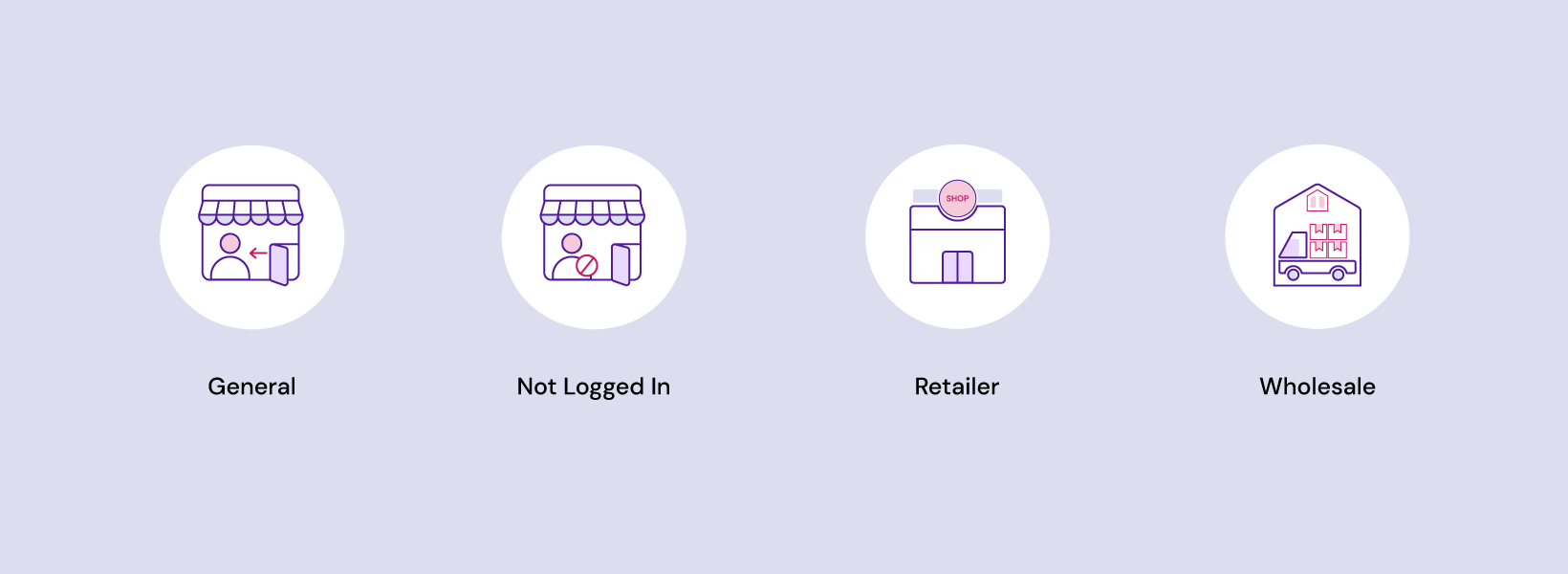
Customer groups also give you the ability to configure and personalize your store for different groups of customers in a variety of ways, including:
- Set different tax classes per customer group
- Set different promotions for different customer groups
- Set different pricing rules for specific customer
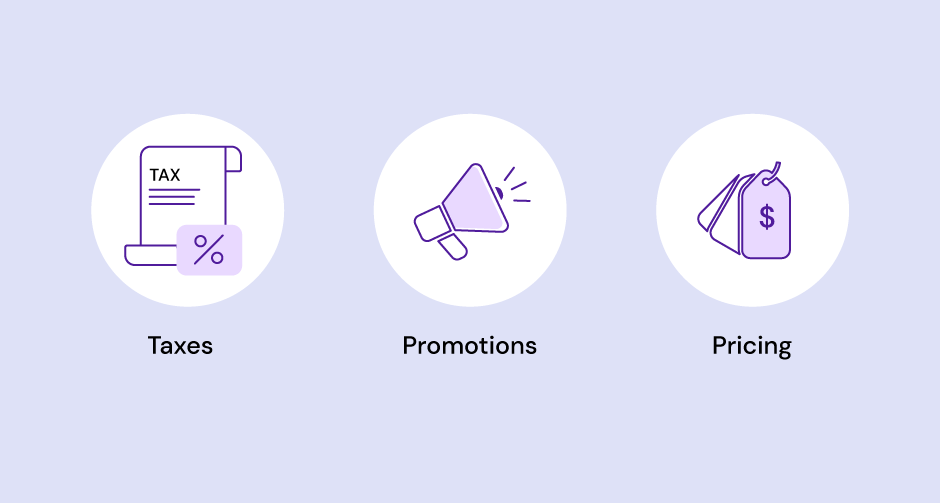
One common use for customer groups is with B2B merchants, who will often require customers to set up an account before they are able to make a purchase. This then allows the merchant to set visibility for wholesale pricing to only these registered customers, whereas a normal unregistered user to the site would see retail prices.
Group Pricing and Discounts
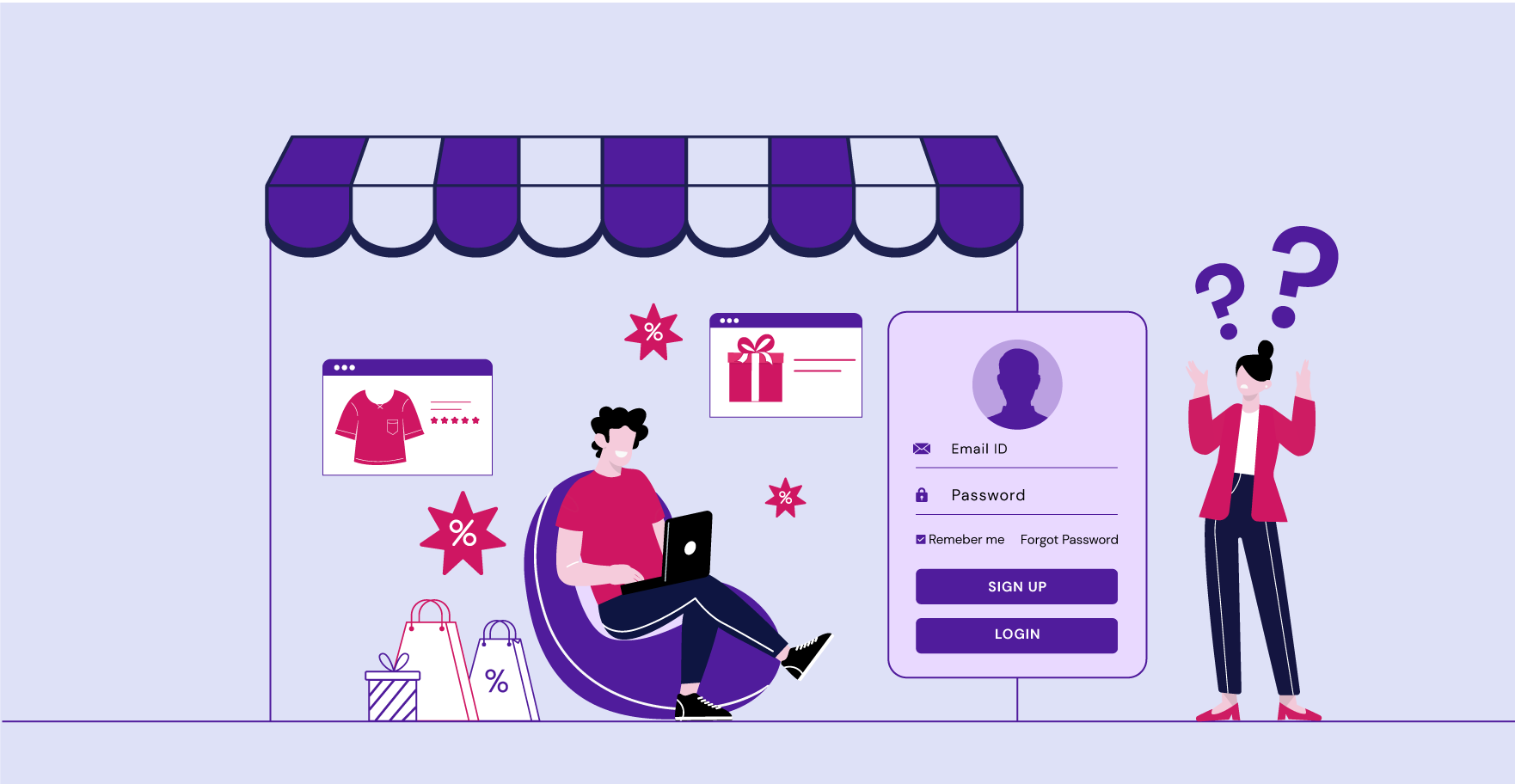
Group Pricing works in conjunction with customer groups. If you wanted to provide a discount for a selection of products (or all your products) for a specific customer group, this is where you begin.
Most often, group pricing is used to set up discounted prices for a wholesale customer group —this allows customers in this group to see the wholesale pricing you have set when they are logged into their account.
Another time you might want to set different group pricing is for specific product discounts and promotions, allowing you to set a specific price for a product. Magento 2 allows for promotional rules to be set for specific customer groups.
Users who are not logged in to their accounts that are members of a specific customer group will not be able to see the special pricing set up for that customer group. This also means that any discounts or codes that apply only to a specific customer group will not be applicable if the customer is not logged in to their account.
Product Visibility
Both highlighting and restricting certain products from being viewed on your site can help ensure the right products are being seen by relevant customers.
Often, users want to highlight certain items, such as when there's a promotion, or a seasonal need for a specific product, to improve conversion rates. There are also times when a user might want to prevent others from appearing, such as when a retailer chooses to bundle several items into a single product choice, rather than having them appear individually.
By editing the catalog to hide the individual products that comprise the bundle, the bundle could then appear where the individual products normally would in site search results.
Magento 2 allows users to determine how certain products are featured within their catalog... or even if they're visible at all. Using the CMS when adding a product, users are presented with a dropdown that offers the following visibility options:

Catalog – A product is featured within the main catalog, and can be navigated using a site's standard navigation, using category clicks and filter refinements.
Search – While the product isn't featured or visible in the primary catalog, users can use the onboard search function to navigate to it.
Catalog, Search – The product is accessible/visible using either the site navigation and filters or through a direct search.
Not Visible Individually – The product is not available to purchase on its own, but may be bundled with other products or sold during a targeted promotion that isn't available to the site's general audience.
Ultimately, Magento 2 users have control over where and how their products are featured. By creating anchor categories, it's possible to present all children's categories and attributes through layered navigation within the anchors.
If a user wants to generate more attention to certain products or bundles, depending on the target audience, they can create unique root categories for each store. In the Magento CMS, users can see category and sub-category trees and add a new root category within them. This will give the user more control over how products are presented.
Upselling and Cross-Selling With Accessories and Add-Ons
Creating relationships between products is a core function of Magento 2. Upselling creates relationships between complementary products. To cross-sell on the same type of purchase, you might want to suggest the purchase of another related accessory.
Upselling, cross-selling, and featuring related products are different marketing features you can configure on your Magento 2 store to help you sell more. There are a few key differences to remember when utilizing these options:
Upsells point customers to improved or more advanced versions of products they are viewing or have already purchased. These suggestions typically appear on the product page, often to create comparison opportunities.
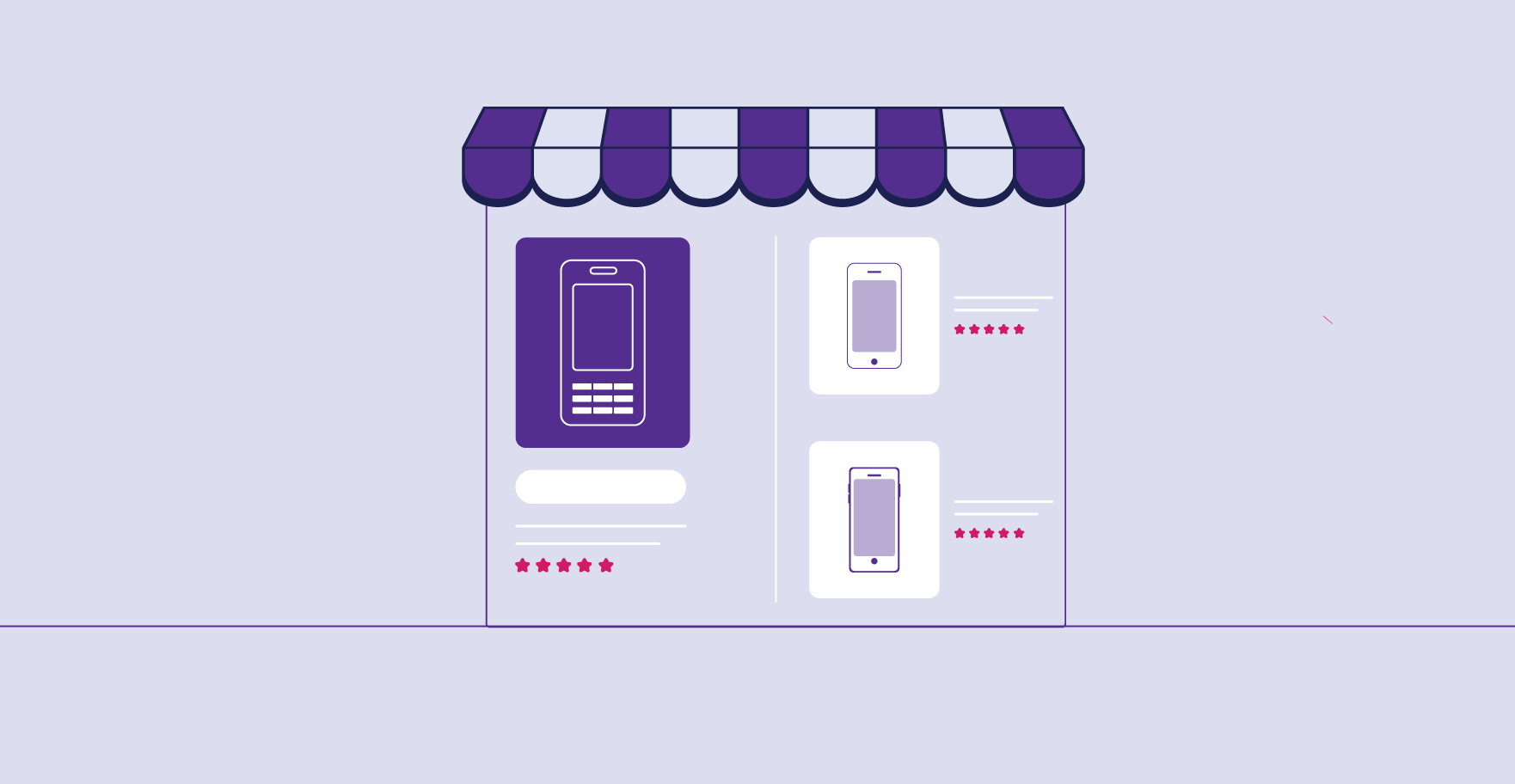
Cross-sells direct customers to products they might be interested in buying as additions to the product they are already buying. These suggestions typically appear on the shopping cart page but can appear sooner in the buyer journey (such as on the product page, or on an interstitial (“squeeze”) page if the site owner wishes.

Related products point customers to similar products within the same category as the one they're currently considering, allowing them to see options and variations available. Related products, accessories, and promotional items can be configured to display on product pages and during checkout.
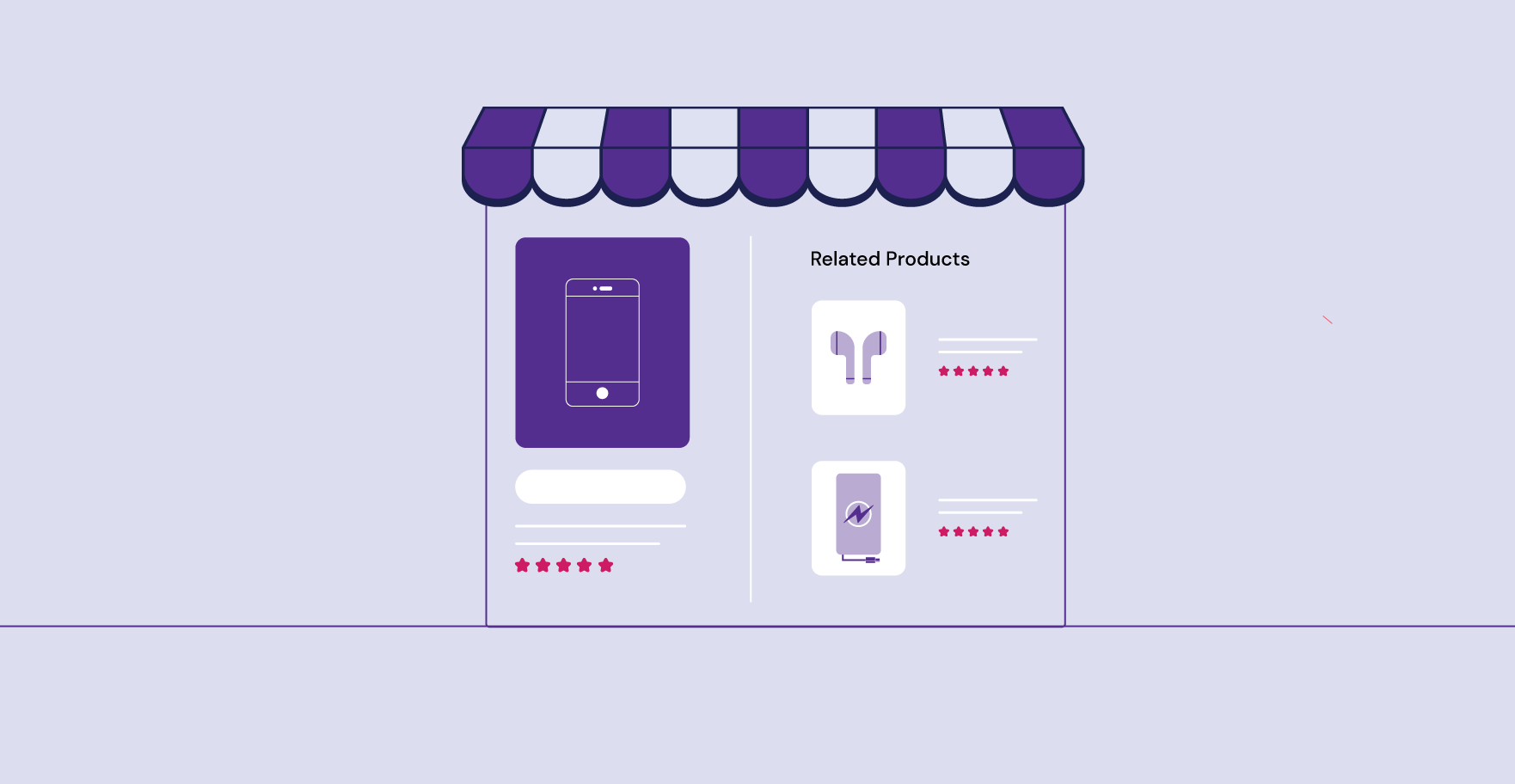
Visual Product Merchandising
In the same way that related products and attributes help customers manage their shopping experience, store owners also have control over product display and targeting. Magento 2 provides functionality to configure the display using different variables.
System admins are able to set the default sort order attribute and order of categories or can take control over the display order, simply by modifying a numbered list, to improve the visibility of specific products.

Though labeling and badging aren't built into Magento 2 Open Source, users can make visual additions to the product's short description field by adding HTML or by using the graphical tools in the CMS. Keep in mind that these image additions are added to the description field, and are not visible if the customer is using Grid view for product listings. If they are using List view, the image will appear.
Customer Analytics and Reports
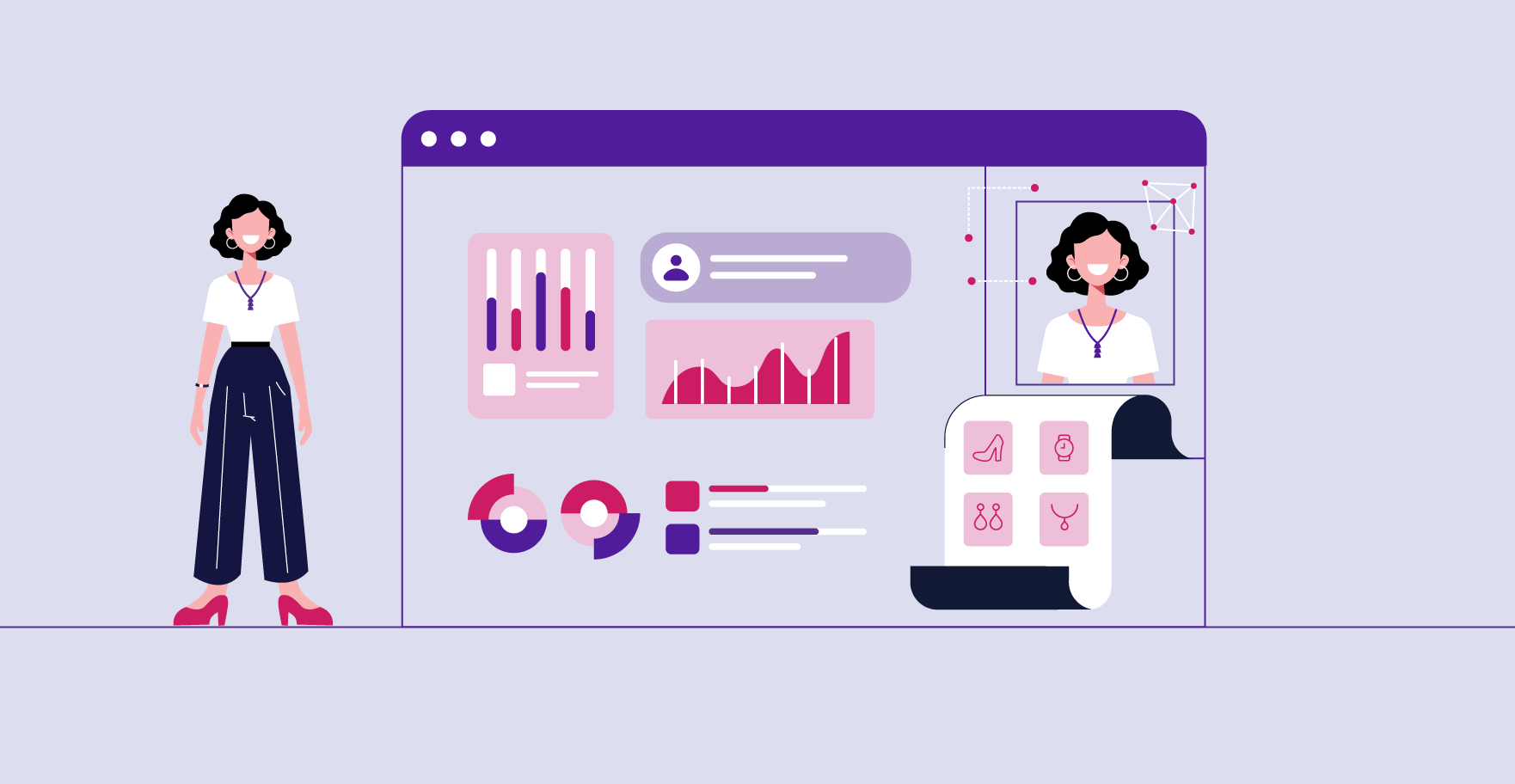
Magento 2 has the ability to integrate with many analytics tools to track, analyze and predict customer behavior. Google Analytics is a standard analytics tracking option, with other platforms available through extensions.
Magento 2 also includes its own data tracking out of the box, including tracking for the following:
ORDERS
| Revenue | Shows all revenue received by the store view during the defined time period. |
| Orders | Shows all orders placed through the store view during the defined time period. |
| AOV | Shows the average order value placed through the store view during the defined time period. |
| Refunds | Shows all refunds processed through the store view during the defined time period. |
| Tax Collected | Shows all tax collected through the store view during the defined time period. |
| Shipping Collected | Shows all shipping fees collected through the store view during the defined time period. |
| Orders by Status | Shows the number of orders by status, for the store view during the defined time period. |
| Orders by Status | Lists a summary of the number of orders by status. |
| Coupon Usage | Lists all coupon codes and the number of users for each, redeemed through the store view during the defined time period. |
| Orders and Revenue by Billing Region | Lists the number of orders and revenue by region for the store view during the defined time period. |
| Tax Collected by Billing Region | Lists the amount of tax collected by region for the store view during the defined time period. |
| Shipping Fees Collected by Shipping Region | Lists the shipping fees collected by region for the store view during the defined time period. |
CUSTOMERS
| Unique Customers | Shows the number of unique customer accounts associated with the store view during the defined time period. |
| New Registered Accounts | Shows the number of new customer accounts registered with the store view during the defined time period. |
| Top Coupon Users | Lists the top coupon users by Customer ID, and the number of orders placed with coupons for the store view during the defined time period. |
| Customer KPI Table | Lists the number of orders, revenue, and average order value by Customer ID for the store view during the defined time period. |
PRODUCTS
| Quantity of Products Sold | Shows the number of products sold through the store view during the defined time period. |
| Products Added to Wishlists | Lists all products added to wishlists through the store view during the defined time period. |
| Best Selling Products by Quantity | Lists the best-selling products and quantity sold through the store view during the defined time period. |
| Best Selling Products by Revenue | Lists the best-selling products and revenue generated by the sale of the product through the store view during the defined time period. |
Additionally, Magento 2 users have full access to Advanced Reporting tools. This suite of tools gives users dynamic reporting, based on product, order, and customer data with a personalized dashboard built around the metrics the end user wants to track.
(Note: Magento 2 open source users can only use Advanced Reporting tools if they're using a solitary base currency for transactions.)
